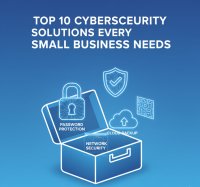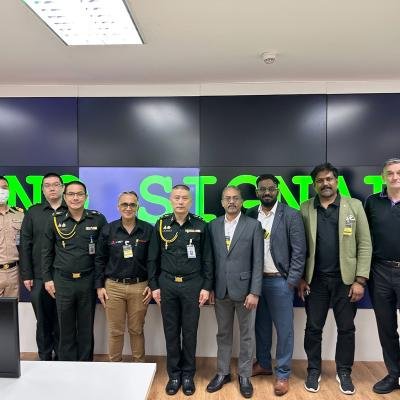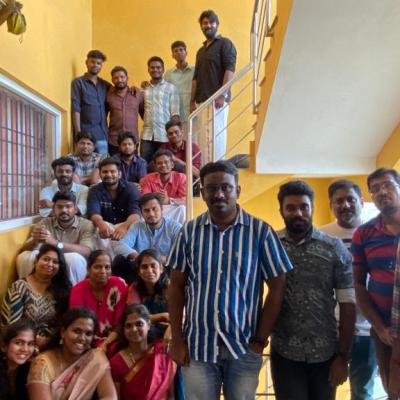If your business collects names, phone numbers, email IDs, employee records, customer data, or even website form details, this law applies to you.
The Digital Personal Data Protection Act (DPDP Act), 2025 is India’s long-awaited data protection law.
This law isn’t just for large enterprises or tech giants. It affects startups, MSMEs, consultants, hospitals, schools,e-commerce platforms, fintech companies, and even small websites that collect personal data.Let’s break it down in plain English.
A recent proposal from India , Continuous GPS monitoring slipped quietly into the headlines, and suddenly everyone from smartphone users to CEOs to privacy experts is paying attention.
Governments, telecom operators, businesses, and everyday consumers are increasingly talking about real-time location tracking and the conversations are heating up.
Let’s walk through what’s happening, why it matters, and how this small setting on your phone could have a big impact on your life.
India is going digital at lightning speed. From UPI payments to online banking to e-commerce,everything runs on our smartphones.
But with this convenience comes a big risk: fraud calls, fake SIM registrations, cloned mobile phones and rising cybercrime.
To tackle this head-on, the Government of India has introduced something every citizen needs to know - Sanchar Saathi.
Let’s break it down in a simple, friendly way.
Data protection in India is offically Live now
The DPDPA Rules 2025 bring structure, deadlines, and accountability to the Act that was introduced earlier. For the first time, organisations have detailed instructions on consent, breach reporting, retention periods, children’s data, security safeguards, and more.
This breakdown will help your teams understand the Rules in simple terms, identify what applies to your organisation, and start planning for compliance right away.
The Cloudflare Outage: Why the Internet Broke Yesterday And What It Means for All of Us Yesterday felt like one of those days where the entire internet decided to take a break.
Websites weren’t loading, apps froze halfway, login screens got stuck and payment pages In this deep-dive, let’s walk through what actually happened, why it matters,
how it affects businesses from startups to enterprises, and what you should take away from this incident.
I’ll break it down in a simple words.
You might think:“Why would hackers bother with my small business?I’m not a bank or a big tech company!”Here’s the plot twist:small businesses are actually the #1 target for cybercriminals today.
So today, we’re breaking down 10 cybersecurity solutions every small business should use explained in plain English, no tech dictionary required.Let’s lock those digital doors together.
We all think we’re pretty good at using the internet.We scroll, shop, work, chat, and binge-watch like pros .But here’s the thing - the same “I know what I’m doing” confidence is what hackers love.Because that’s exactly when we stop paying attention.So today, let’s walk through the Top 10 Internet Mistakes that even smart people make every single day
The Cybersecurity and Infrastructure Security Agency (CISA) has issued an emergency directive mandating immediate action against 55 newly identified vulnerabilities, several of which are already being actively exploited in the wild. While this directive applies directly to federal agencies, the implications extend far beyond government entities. Every organization—across healthcare, finance, manufacturing, energy, and technology—faces elevated risk if these flaws remain unpatched.
In today’s hyper-connected world, email remains the lifeblood of business communications. From sensitive government directives to financial transactions and cross-border policy coordination, Outlook and similar platforms serve as the arteries of modern enterprises. But when the very tools designed to connect us become the vectors of compromise, the stakes could not be higher.
In today’s digital-first world, software supply chains have become the backbone of innovation. Developers rely on open-source repositories like npm (Node Package Manager) to speed up application development, integrate libraries, and avoid reinventing the wheel. But with this convenience comes significant risk: malicious actors are increasingly exploiting this trust, embedding malware in seemingly legitimate packages to steal sensitive data.
















